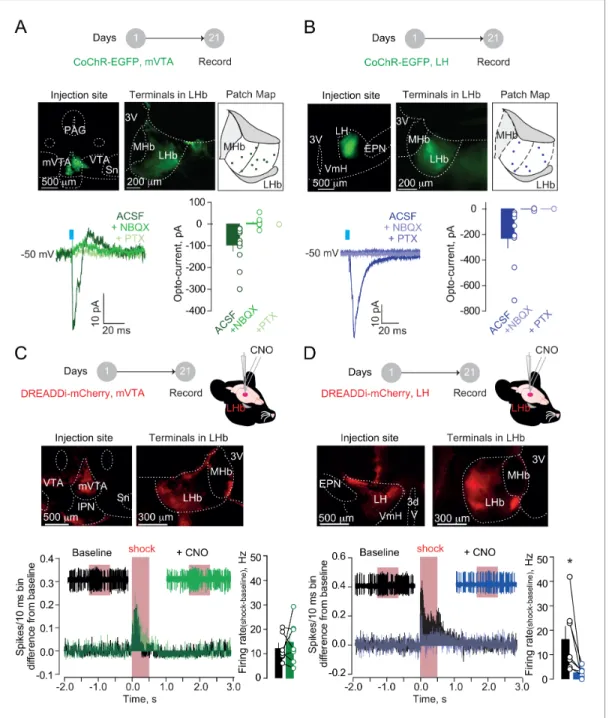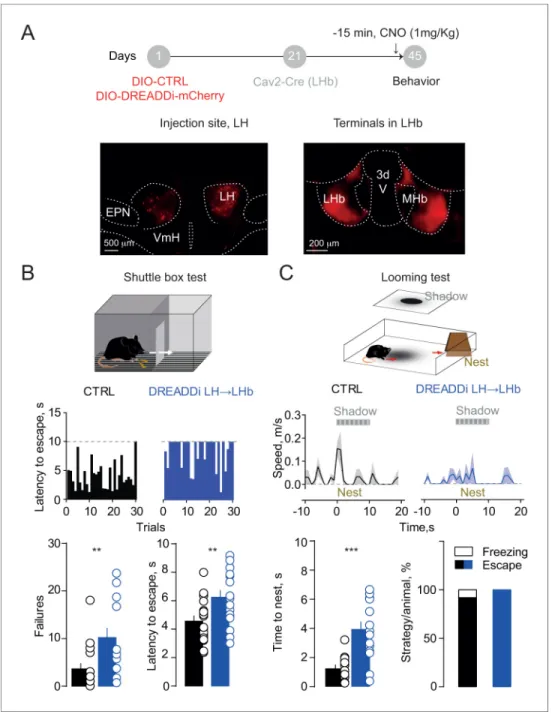Aversive stimuli drive hypothalamus-to-habenula excitation to promote escape behavior
Texte intégral
Figure




Documents relatifs
Observe ce document et trouve tous les éléments indispensables pour lire une carte:. ……… ……… Document 2 La carte h tt p :/ /ce n ici en ta .e kla b
Paul. 3, Sonntag nach Nrellönig. Das Neujahr tritt als ge- strenger Herr ins Land. Am zehnten wird feine Laune trüb. Antonius bringt Nebel u, die letzte Woche wird regnerisch. Ist
the base mechanism corresponds to an optimization problem similar to the one considered in [2], it requires personalized offers and individual consumption forecasts; the
These differences could be explained by different experimental factors such as the reporting method, the distribution of the sound source positions on the whole sphere (no
L’accès à ce site Web et l’utilisation de son contenu sont assujettis aux conditions présentées dans le site LISEZ CES CONDITIONS ATTENTIVEMENT AVANT D’UTILISER CE SITE WEB.
(A) HFD feeding caused segregation of physiological phenotypes for diabetes (cumulative glycemia) and obesity (BW), and thresholds on cumulative glycemia and BW stratify the
From a public health perspective, our findings underline the importance of understanding the context (i.e. weekdays/weekend) of dish choices, as well as socio-demographic and
framework (1). The method is illustrated on a synthetic 2D example and evaluated on 2D and 3D clinical data... Table 3: Results for DSA. Some reasons are the following. 1) The
